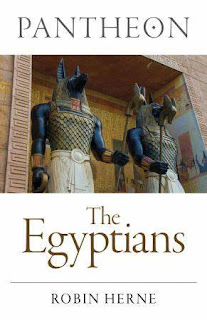This is a day late, but... here's a story to mark International Dog Day. It's an Armenian myth told about their famous King Ara, given the sobriquet "the Handsome". Such was his charm that the famed Queen Shamiram of Assyria (also called Queen Semiramis) fell obsessively in love with him - the kind of passion that the Greeks used to warn so strongly against. Ara, for reason not made clear, would have none of it. Maybe he simply did not fancy her (though when it comes to royal alliances, sexual attraction is seldom a consideration), maybe he had eyes only for another, maybe he just didn't want to become part of her ambitious schemes. Who can say? Nonetheless, Shamiram would not take no for an answer and waged a war to capture him and force him to her bed. Which rather takes stalking to a whole new level. If you are wondering what any of this has to do with dogs, they do not appear until the end of the story and you will just have to listen to find out quite what
